The animal kingdom is full of surprises, but sometimes, wildlife behavior takes an unexpected and shocking turn. From seemingly unprovoked aggression to bizarre hunting strategies, some animal attacks defy logic and leave even the most seasoned experts scratching their heads. These rare incidents highlight just how unpredictable and mysterious nature can be. Here are 14 animal attacks that still have scientists wondering, “What just happened?”
1. Orca Pods Sinking Boats
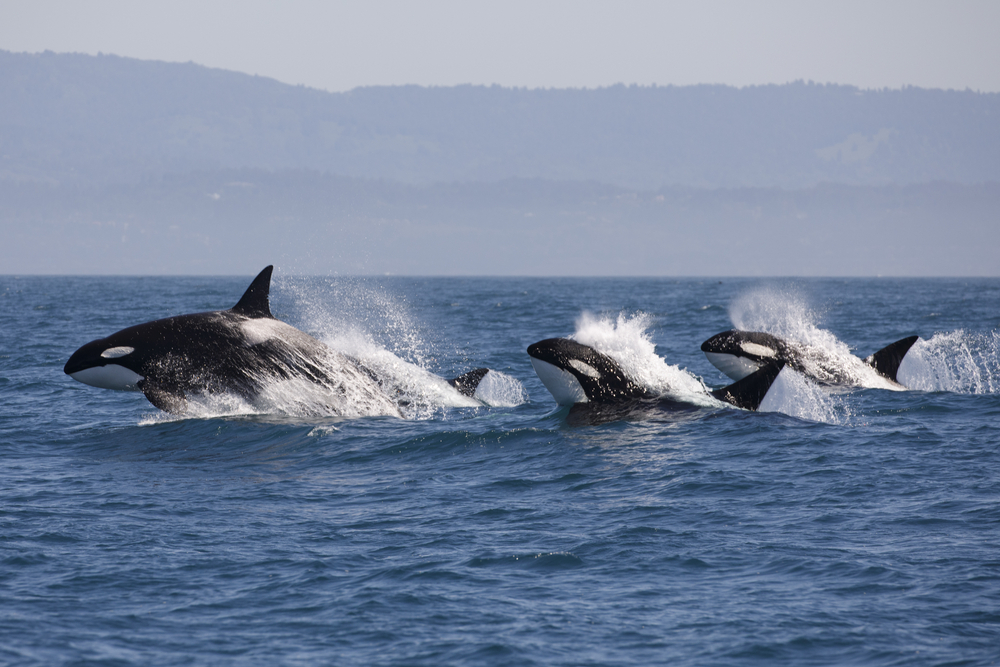
In recent years, pods of orcas have been spotted ramming and damaging boats off the coast of Spain and Portugal. While orcas are known for their intelligence, this behavior seems targeted and coordinated, leaving experts puzzled. Some speculate it could be a form of play, while others think it might be retaliation for past encounters. Whatever the reason, seeing a massive killer whale deliberately sink a vessel is both terrifying and perplexing.
2. Leopard Attacks in Indian Villages
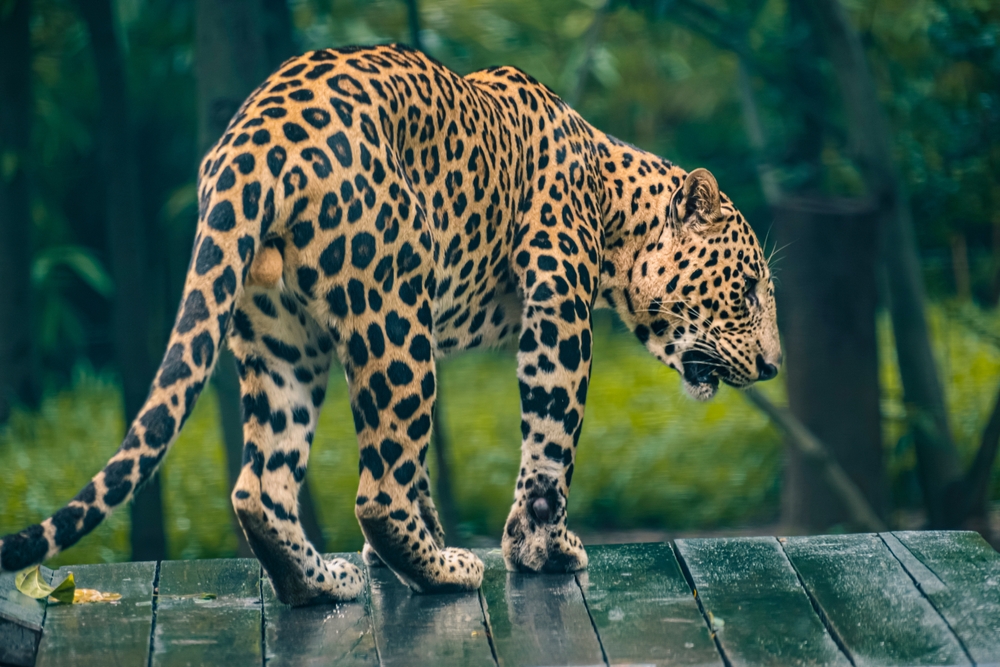
Leopards are elusive creatures, but in some Indian villages, they’ve repeatedly entered residential areas and attacked people. What baffles experts is the frequency and boldness of these attacks, as leopards typically avoid human contact. Habitat loss and diminishing prey populations are suspected factors, but the aggressive behavior remains unusual. These incidents are stark reminders of the growing tension between humans and wildlife.
3. Hippos Flipping Boats
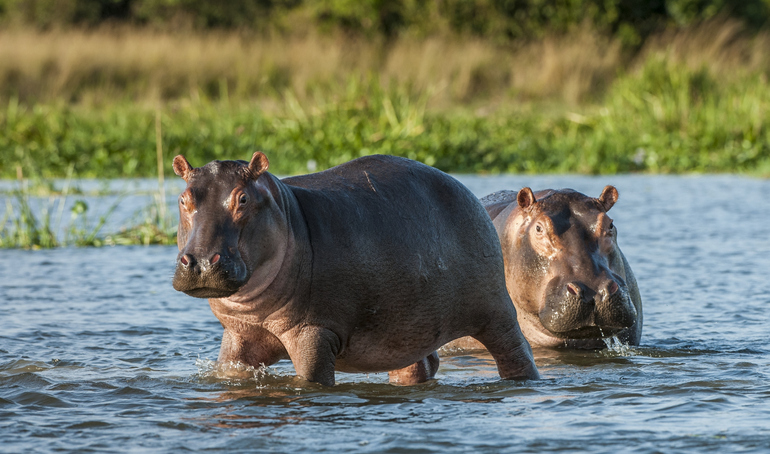
Hippos are known to be aggressive, but their habit of overturning boats has left researchers mystified. In one case, a hippo attacked a tour boat on an African river, killing multiple passengers without provocation. Experts theorize it could be territorial behavior, but the sheer intensity of these attacks seems excessive, even for hippos. Considering their size and strength, these animals are more dangerous than many realize.
4. Chimps Targeting Human Children
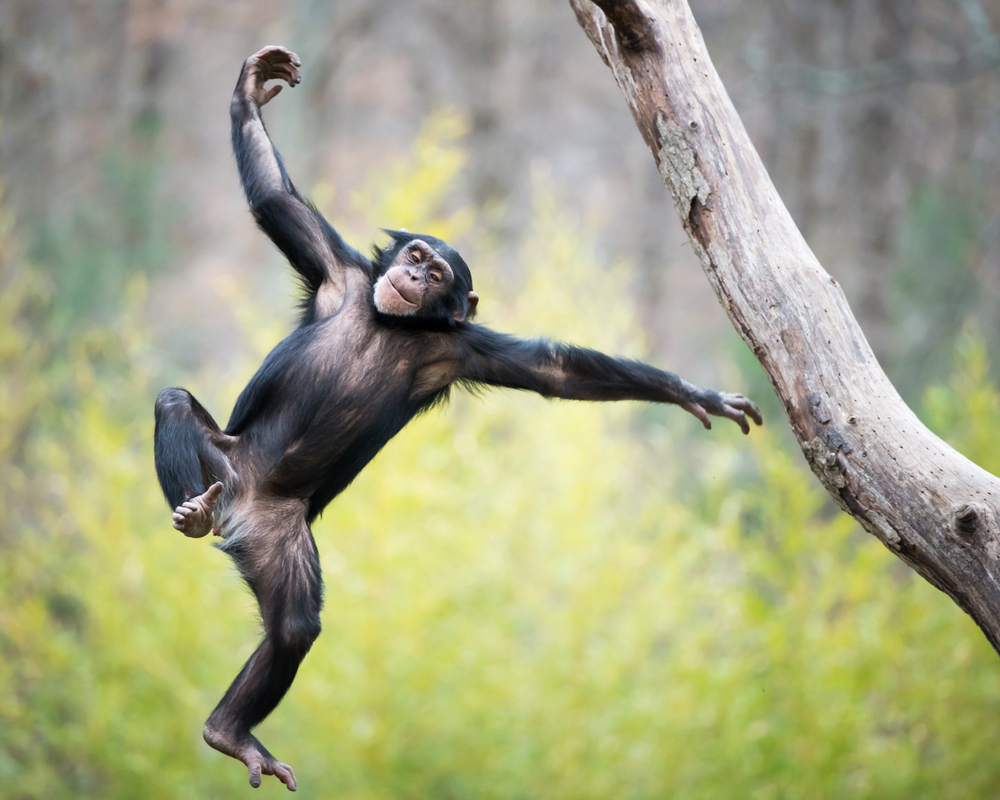
In Uganda, there have been reports of chimpanzees attacking children in villages near forest edges. These attacks are uncharacteristic, as chimps rarely directly threaten humans. Some researchers believe habitat encroachment and competition for resources may trigger these incidents. However, the calculated nature of the attacks remains deeply unsettling and hard to explain.
5. Eagles Snatching Human Infants
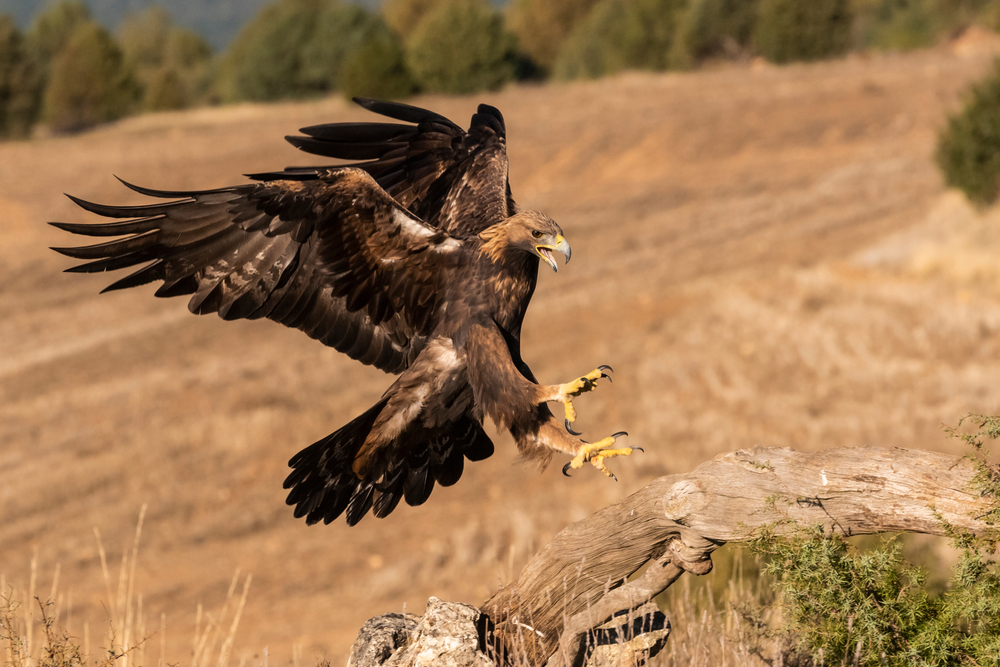
In one particularly rare case in Canada, a golden eagle attempted to carry off a toddler from a park. While eagles are powerful hunters, such behavior toward humans is almost unheard of. Experts believe the bird may have mistaken the child for prey, but the boldness of the attack was shocking. Thankfully, the parents intervened, and the child escaped with minor injuries.
6. Wolves Killing Livestock En Masse
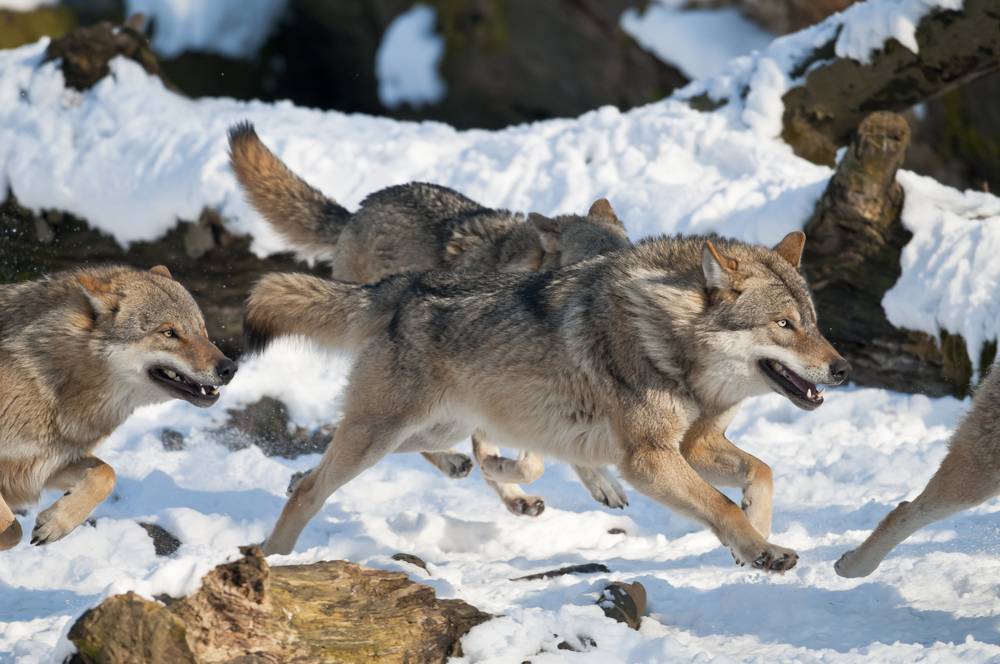
Wolves are efficient hunters, but in some parts of Europe, packs have been found slaughtering dozens of livestock in a single night. What confounds experts is the phenomenon of surplus killing, where wolves kill far more than they can eat. Some think it’s instinct gone awry, while others blame environmental stressors. Either way, the devastation to farmers and their herds is immense.
7. Polar Bear Stalking Researchers
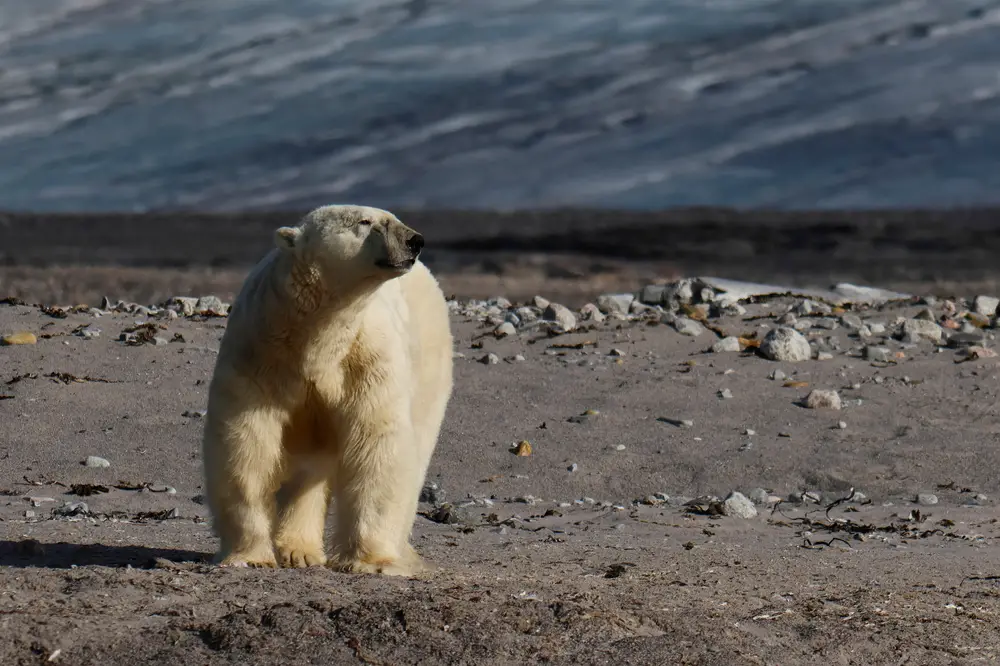
In the Arctic, a polar bear tracked a group of researchers for days, circling their camp and attempting to breach their shelter. While polar bears are opportunistic hunters, this level of persistence was highly unusual. Experts speculate the bear was desperate for food due to climate-related habitat loss, but the calculated stalking behavior was chilling. The researchers only escaped after using deterrents to scare the bear away.
8. Cassowary Attacks Farmer
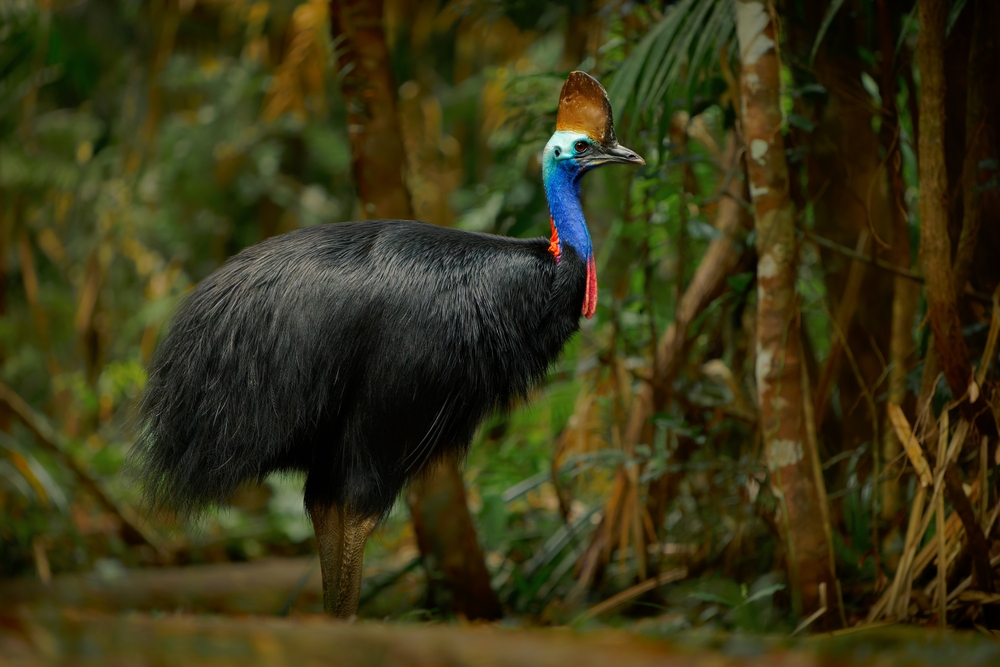
Cassowaries are known for their dangerous claws, but one incident in Australia shocked experts when a cassowary fatally attacked its owner. The farmer had raised the bird, but it turned aggressive after feeling cornered. Experts were stunned by the speed and ferocity of the attack, as cassowaries rarely interact with humans. This rare case highlights how even semi-domesticated wildlife can turn deadly.
9. Sharks Hunting in Freshwater
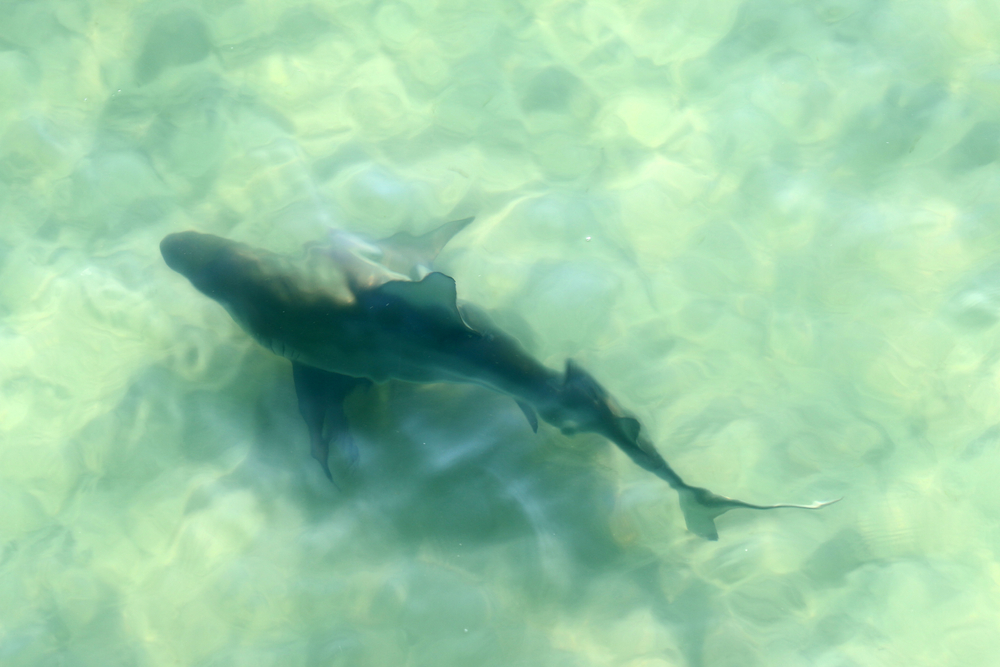
Bull sharks are known to tolerate freshwater, but attacks in rivers remain extremely rare. In one case, multiple attacks occurred in a remote river system in Australia, leaving locals and scientists baffled. Researchers theorize the sharks were chasing prey upstream, but their willingness to venture so far inland was unprecedented. It’s a reminder that nature often rewrites its own rules.
10. Elephants Trampling Villages
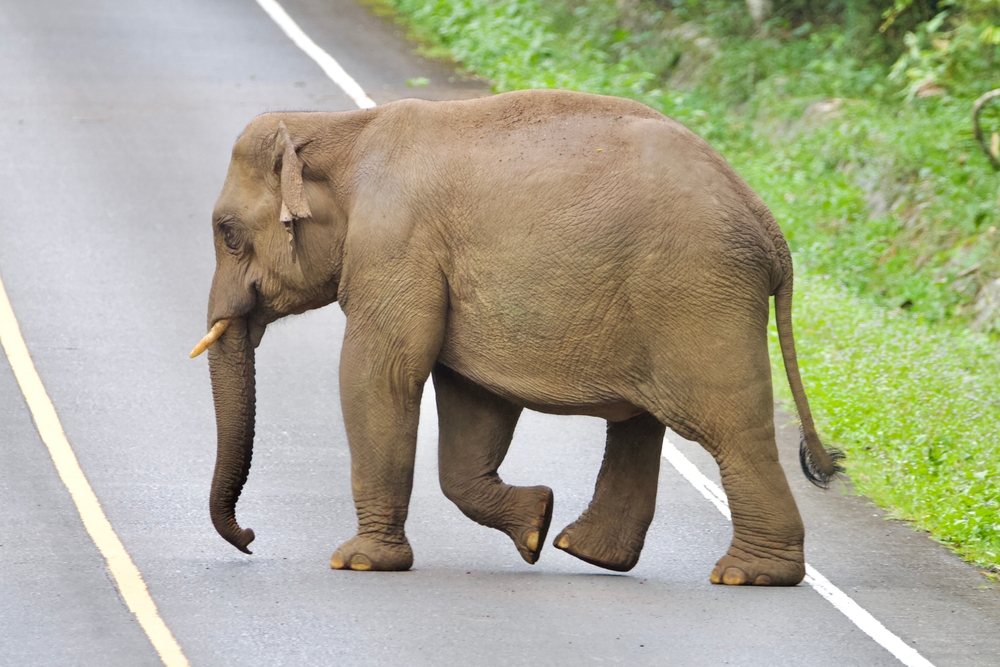
Elephants are generally peaceful, but there have been cases in India and Africa where herds have entered villages and destroyed entire communities. These incidents often involve trampling homes, crops, and even humans. While habitat loss and human-wildlife conflict are likely triggers, the sheer aggression displayed by the elephants is baffling. Experts remain unsure why some herds exhibit such extreme behavior.
11. Crocodile Attacks in Swimming Pools

In Australia, a crocodile made its way into a residential swimming pool and attacked a swimmer. What left experts scratching their heads was how the crocodile navigated its way through urban areas undetected. While crocodiles are opportunistic, entering a chlorinated pool is unusual for these reptiles. It’s a stark reminder that crocodiles are more adaptable than we give them credit for.
12. Sea Lions Attacking Tourists
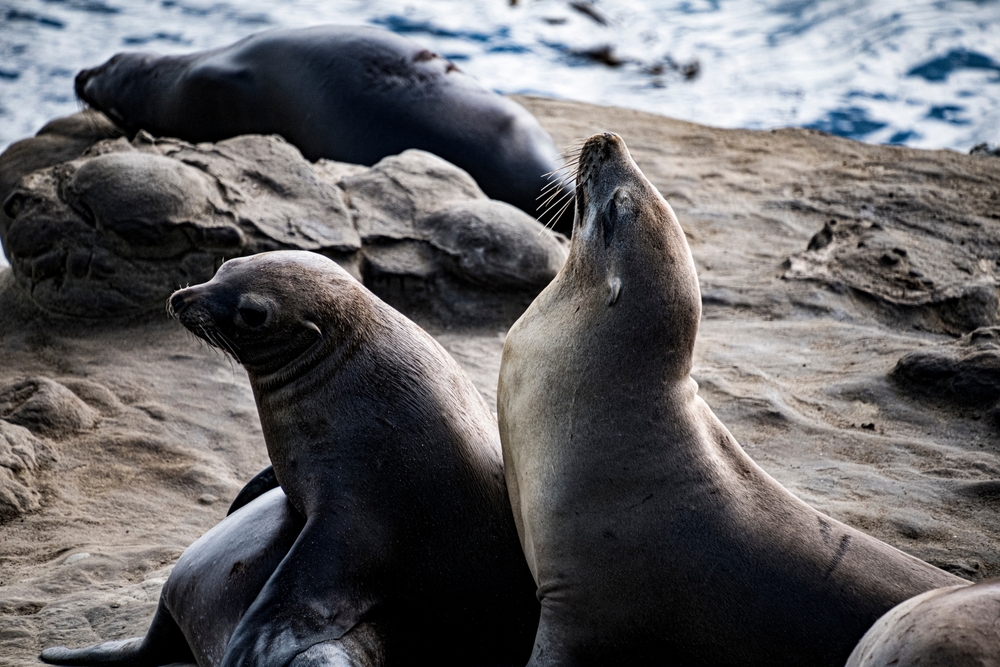
Sea lions are typically playful, but several attacks on California swimmers and kayakers have perplexed experts. In one case, a seemingly unprovoked sea lion pulled a woman underwater. Some researchers speculate that rising ocean temperatures or pollution may be altering their behavior. These unexpected acts of aggression highlight the unpredictability of even the most seemingly friendly marine animals.
13. Birds of Prey Dropping Snakes
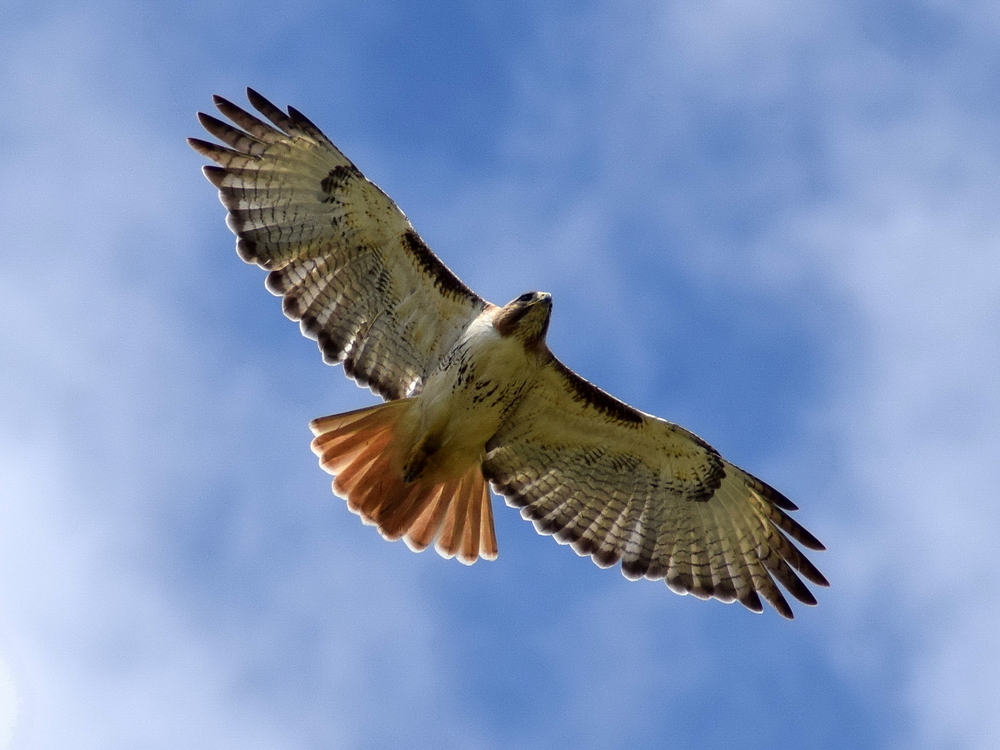
In a bizarre incident in Texas, a hawk dropped a live snake onto a woman walking in her backyard. The hawk seemed to lose interest after the snake fell, leaving the woman to fend off the reptile alone. Experts were puzzled about why the bird abandoned its catch, as this behavior is rarely observed. The combination of aerial and ground-based danger was something out of a nightmare.
14. Coyotes Hunting in Packs
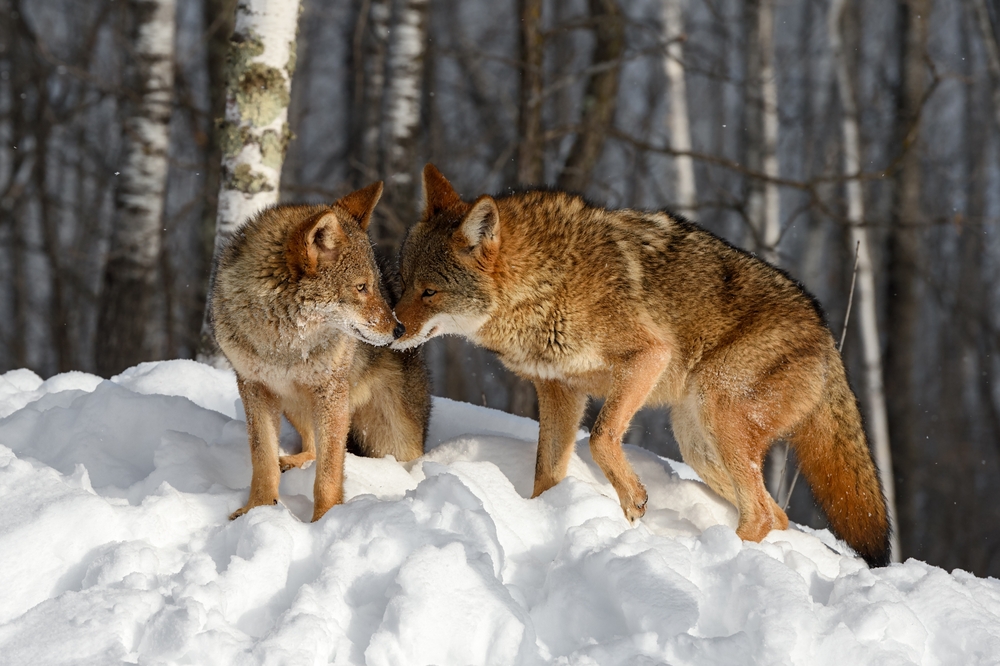
Coyotes are typically solitary or pair hunters, but in one Colorado town, a large pack began aggressively targeting pets and livestock. The level of coordination and boldness was far beyond typical coyote behavior, leaving wildlife officials searching for answers. Some believe it could be a learned behavior due to human encroachment, but it’s still an anomaly. This rare display of pack hunting is both fascinating and alarming.
